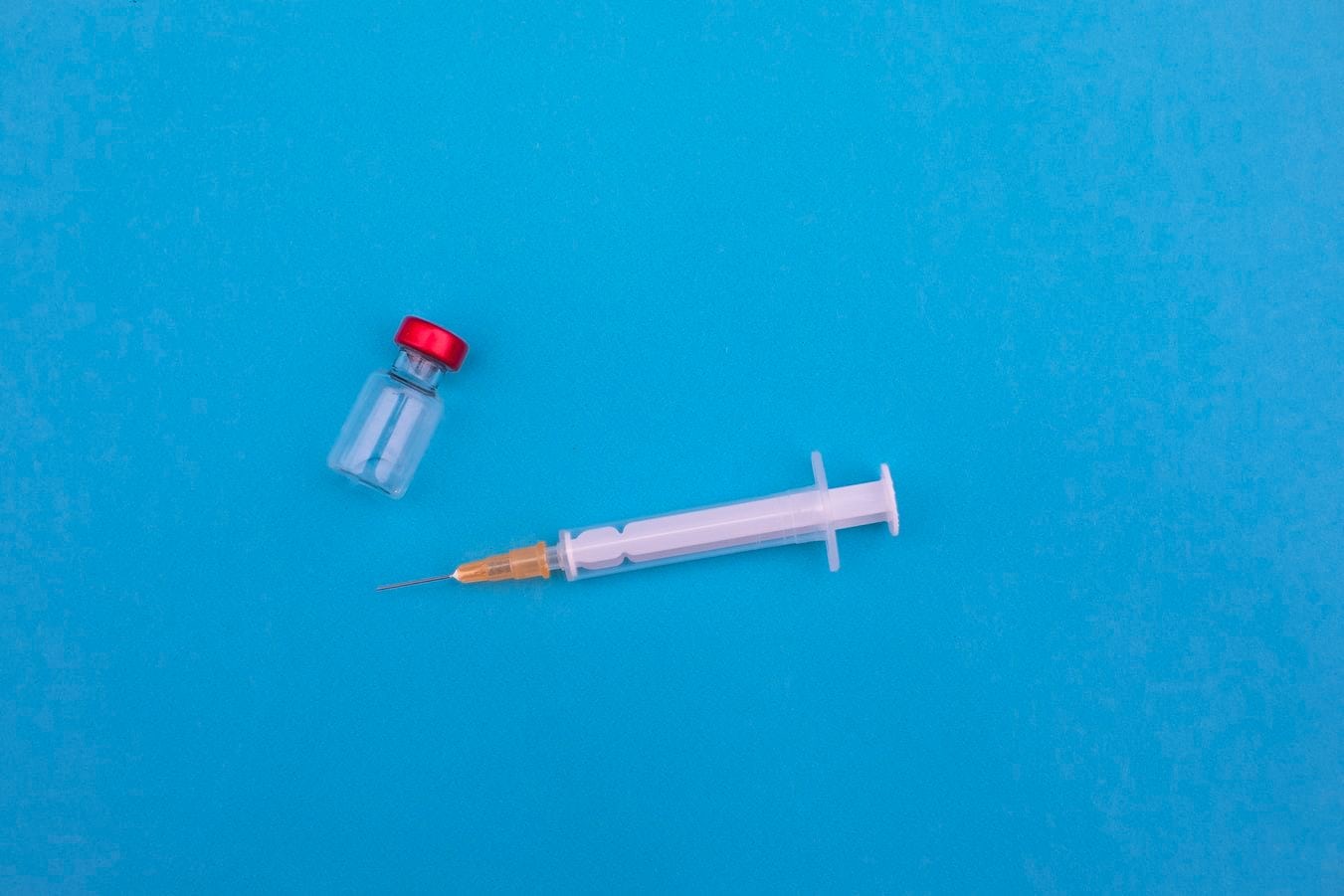The FDA granted emergency use authorization this evening, December 11, to Pfizer and BioNTech to begin distribution of their COVID-19 vaccine. The approval followed on the heels of urging from the White House and threats from the White House Chief of Staff, Mark Meadows, to demand FDA commissioner Stephen Hahn’s resignation if it wasn’t completed by the end of the day, according to the Washington Post.
The approval is a glimmer of hope in the midst of the US battle against COVID-19, which has caused nearly 300,000 deaths in the US and nearly 2 million people worldwide. The vaccine had already been approved in the UK and Canada. Here’s what you need to know about the vaccine approval.
📌 Read More: Map of Pfizer's Vaccine Distribution
When will the vaccine be distributed?
The first 6.4 million doses of the vaccine outside of clinical trials will begin to be distributed in the next 24 hours. Each vaccination requires two shots, so the initial doses will be enough to vaccinate 3.2 million people. Over the next days and weeks, vaccines will be shipped around the country, and vaccinations will likely be distributed into mid-2021.
Who will get the vaccine first?
The vaccine will be distributed to nursing home residents and healthcare workers first, followed by the elderly, frontline workers, and those with underlying health conditions. People with higher-risk occupations, such as cleaning staff in hospitals, will be prioritized. Healthy, young people with little risk from work likely won’t be vaccinated until next summer.
How effective is the vaccine?
Pfizer's vaccine has been shown to be about 95% effective in clinical trials. It has been not shown to have major side effects, although there have been a few cases of people having allergic reactions to the vaccine and requiring antihistamines. It can cause some soreness and fevers, but not severe illness.
This is a developing story. We will update this post as we know more about the plans to distribute Pfizer’s vaccine to the public.


